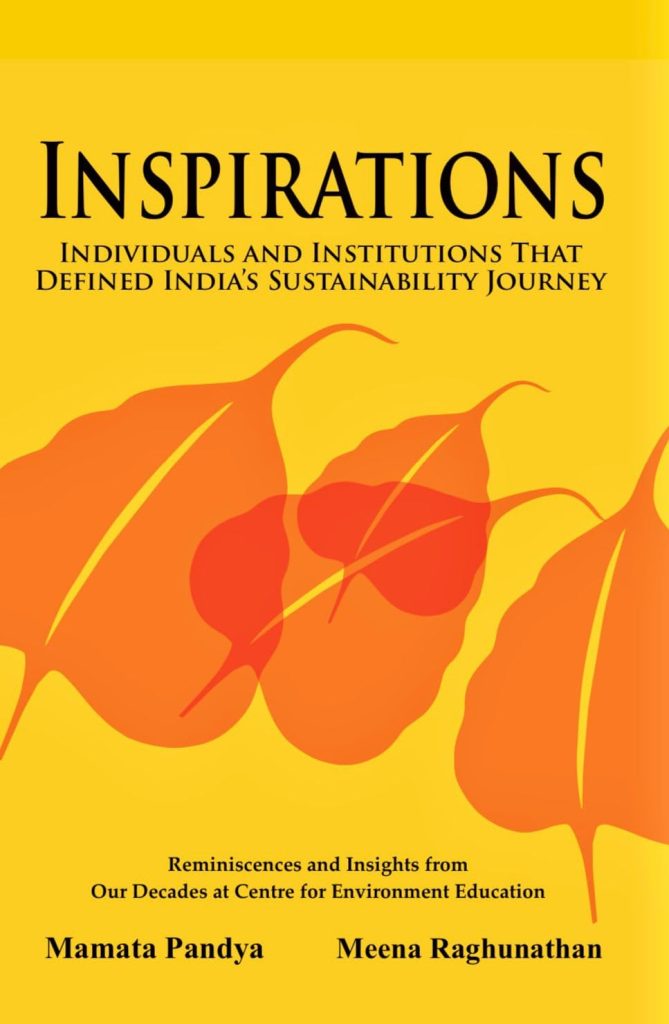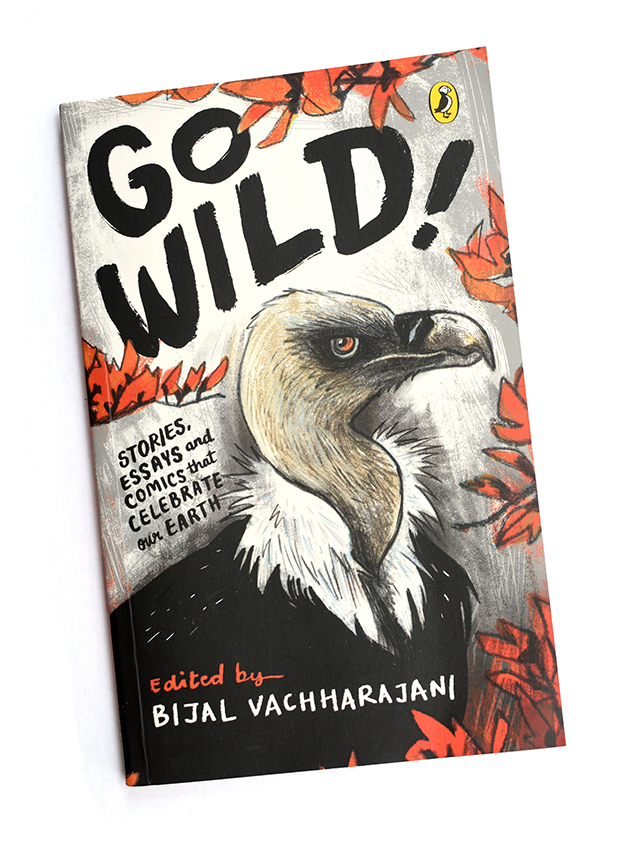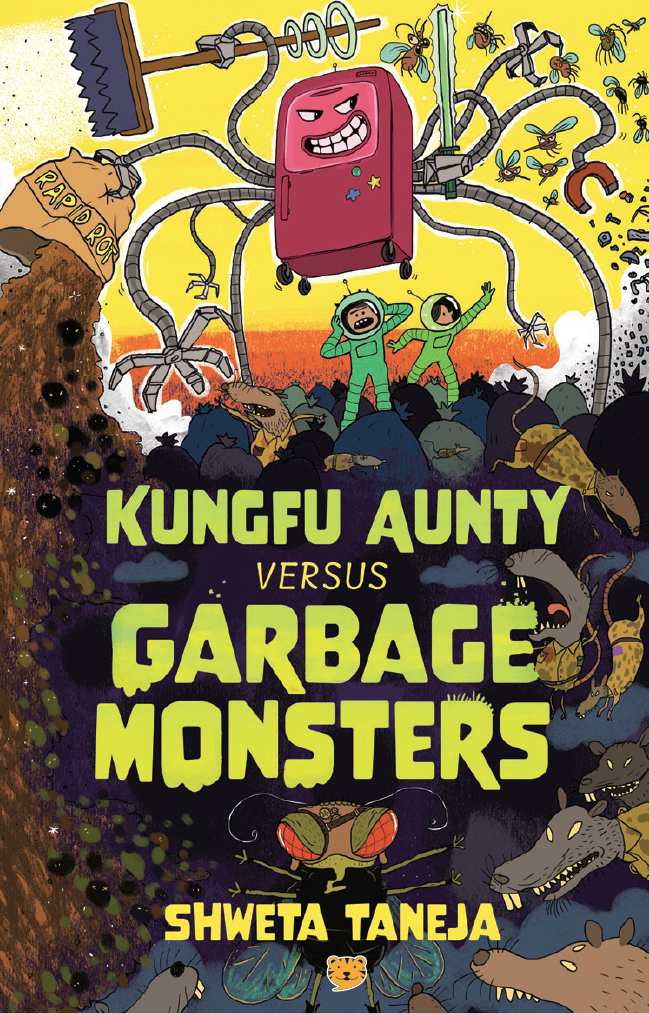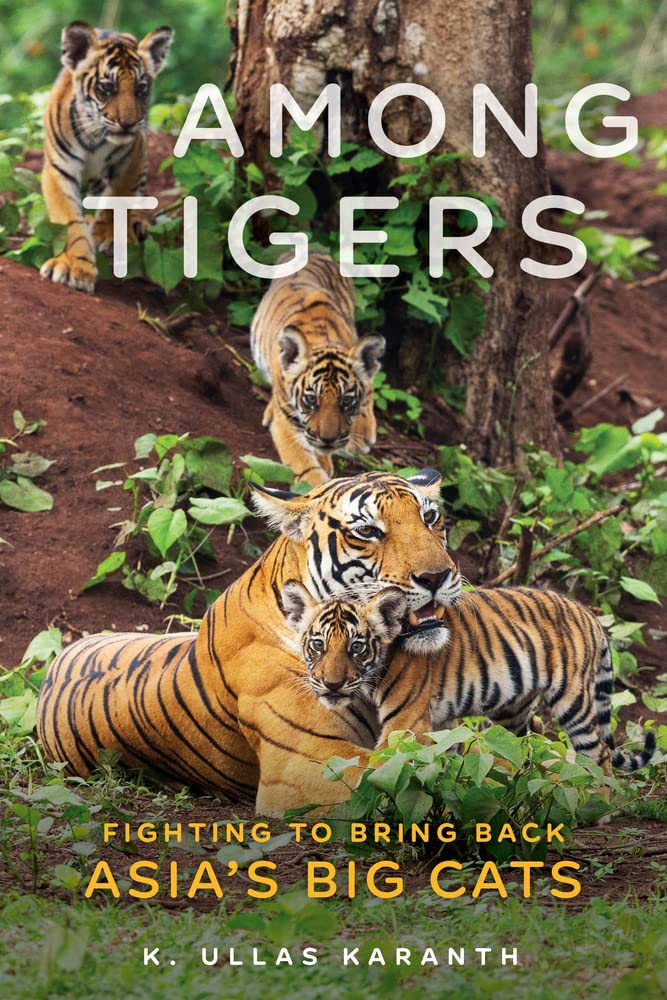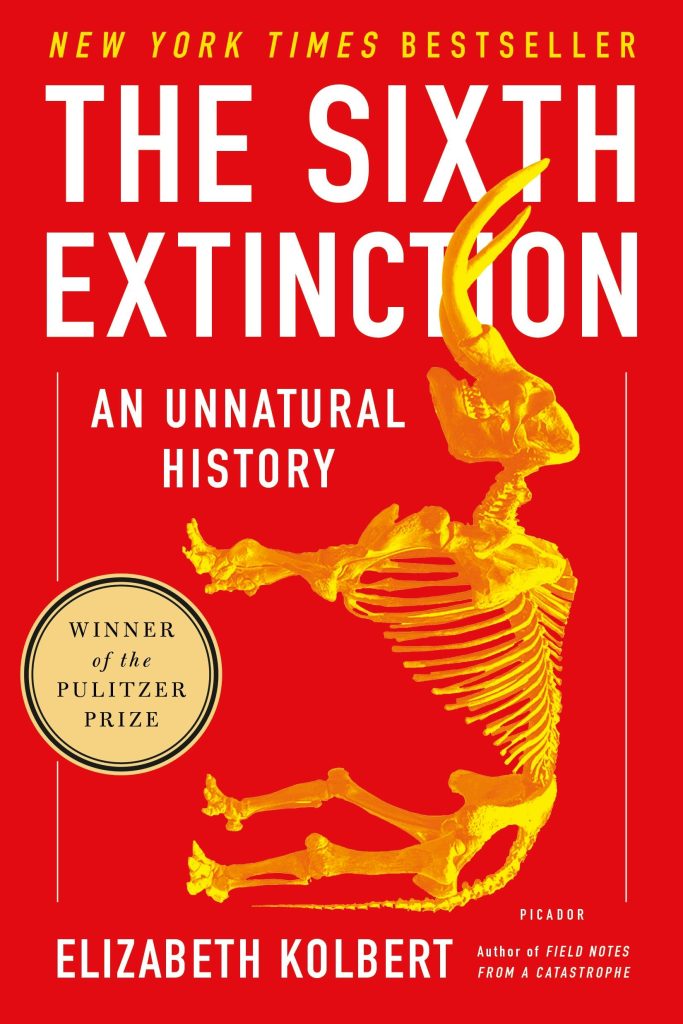The Afghan landscape we are familiar with is one that is at the crossroad of a bleak future; cities are flattened into rubble, and life hangs by a thread as many continue to be silenced by gunshots and bombs. The breakdown of civil order and the US-led war in Afghanistan in 2001 dealt a heavy blow to the country’s economy and set development on a negative curve. In the last 30 years, Afghanistan, which was once at the centre of a great cultural exchange, witnessed over 100,000 thousand civilian deaths and the destruction of its Buddhist legacy under the Taliban rule.
Alex Dehgan’s book, The Snow Leopard Project and Other Adventures in Warzone Conservation, takes us into this desolation that pierces through Afghanistan’s mountains and valleys, coniferous forests, and desert-scapes. Its biodiverse landscapes are congregation grounds for migratory birds flying across Asia, Africa, and Eurasia. Home to some of the earth’s most enigmatic and elusive species, Afghan landscapes are threatened by the lack of infrastructure, and left largely undocumented as scientific research becomes difficult in a warzone. Yet, snow leopards, Persian leopards, Marco Polo sheep, markhor, ibexes, Asiatic black bears, golden eagles, and bustards—some of which are endangered or near threatened—and also the Afghanodon, an endemic salamander, continue to thrive in this perilous atmosphere.
The memoir weaves in and out through dangerous roads laid with mines and IEDs, craftily navigating the suffocating space of international conservation, where burning more money meant greater impact, building trust, and working with communities towards conservation goals. These are all too familiar for anyone who has worked in the conservation sector, except that the challenges are embittered with the risks found in a warzone. Filled with first-hand narratives, the book mentions several projects that were introduced during Dehgan’s posting in Afghanistan as the Country Director of the Wildlife Conservation Society (WCS).
However, even towards the end of the book, we remain curious about what happened to these projects— were they successful or not? In some cases, these initiatives failed, like the talks to create a trans-boundary peace park in Wakhan in partnership with Afghanistan, Tajikistan, Pakistan, and China, which ended in a diplomatic mishap. Yet, it informs us of the potential for wildlife conservation even across boundaries, making us ponder such possibilities in other landscapes. On the other hand, as the author leaves some stories untold and unfinished, we also become aware of the arduous task that lies ahead for conservation. Safeguarding our planet and its flora and fauna is a long-drawn process, achieved only through collaboration and mutual understanding, and sometimes risks.
It meant being in an uncomfortable conflict with the conviction that conservation would not necessarily mean the exclusive protection of a species. Alex Dehgan, during his time in Afghanistan, introduced hunting programs which would allow wealthy individuals to hunt the fabled Marco Polo sheep for game. While this did entail backlash from the global community, it allowed revenue to flow in, which could help in strengthening the conservation efforts in the region, something which was achieved through collaborations with local leaders. On another occasion, the organization worked closely with the farming community to protect the snow leopard population that they viewed as a threat to their livestock. By agreeing to reimburse any livestock loss that was caused due to depredation by snow leopards, they were able to convince the farmers to stop killing this elusive species. Later, they were also able to create awareness about other causes for the death of livestock — diseases and insufficient nutrition.
Dehgan’s work in Afghanistan involved approaching conservation scientifically through strong collaborations. At the crux of the memoir are insights on rebuilding man’s relationship with nature, and the interwoven tapestry of culture and nature. In Afghanistan, as people tried to continue living amidst the political unrest and instability, the very foundation of their subsistence was thrown off-balance. Afghanistan is a predominantly rural country, where the lives of people are intertwined with their surrounding ecosystems for sustenance. People depend on them for fuelwood, fruits, traditional crops, game meat, grazing, and other ecosystem services. In this precarious landscape, where human lives remain endangered, the risk to wildlife is even greater, as the competing forces of survival and interdependence remain locked in struggle.
Thus, it comes as no surprise that a flourishing market in the illegal trade of timber emerged, and poaching of animals for flesh and fur steeply increased. The impact of war on human and wildlife was exacerbated by the unusually long spells of drought from 1995. The community’s search for water in a parched land made the underground water reserve plummet, thereby destabilizing the wetland ecosystems and further intensifying the scarcity of water. The volatile political environment left a gaping wound on these landscapes,at once fragmenting the rich cultural and biological tapestries of existence.
Nonetheless, it is in this cultural dependency on nature and an assertion of cultural identity that we find a solution for not only protecting the environment, but also rebuilding a society, which has witnessed bombings, bloodshed, and impoverishment over the last few decades. Throughout this deeply personal narrative, we meet individuals from the Afghan community who exhibit jubilant interest and lend their support to WCS’s conservation efforts. They are, perhaps, the true heroes of this memoir. Dehgan refers to his time there as “the most fulfilling experiences of his conservation career”. The Afghans are a proud community, and the three decades of war had severed not only their connection to the land to which they belonged, but also undermined their morale. The conservation of Afghanistan’s natural heritage was in effect an opportunity for these communities to rebuild their identities, and reclaim a part of their lost heritage.
The book enables us to contemplate the role of not just a community’s search for identity, but also that of an individual’s—whether personal or cultural—often bearing the potential to drive decisions of great consequence. A reflection of the author’s motive for working in Afghanistan confronts us with his identity as an American citizen of Iranian heritage, who risked prosecution as a US diplomat in Iran. Afghanistan was the closest he could come to his own culture and identity, in addition to the enigmatic allure of the chaos that the war presented. During his search, he became instrumental in establishing Afghanistan’s first national park. His memoir also invites us to revisit geopolitics and sociopolitics through the shattered lens of culture and identity.
Selected by the journal Nature as the top five reads of 2019, the Snow Leopard Project is a brilliant read that gives an honest account of the internal workings of international conservation agencies. Beyond that, it is a book that essentially speaks of the cultural significance of nature, and prompts us to rethink conservation in war-affected regions across the globe—both its dire need and the opportunities it provides.
